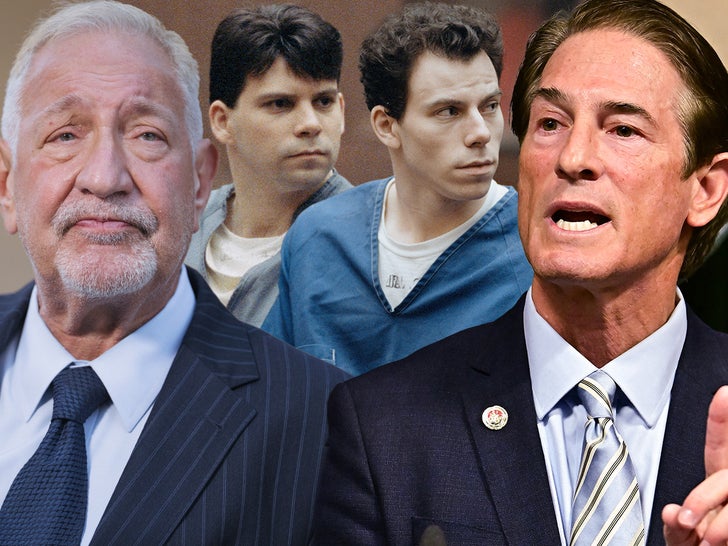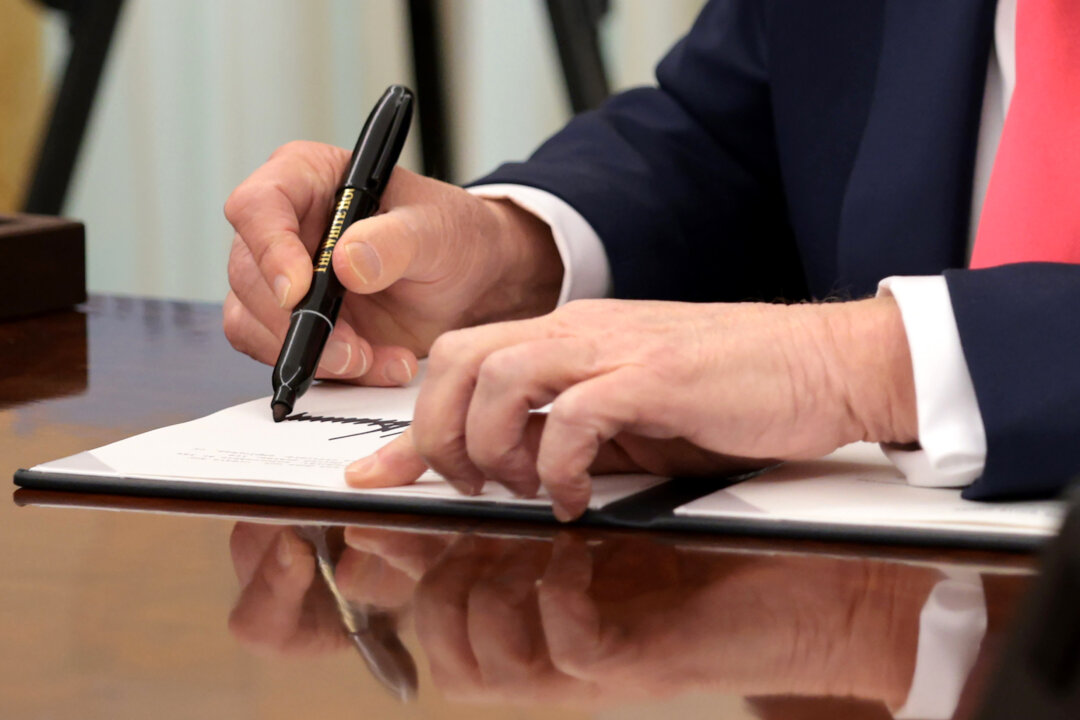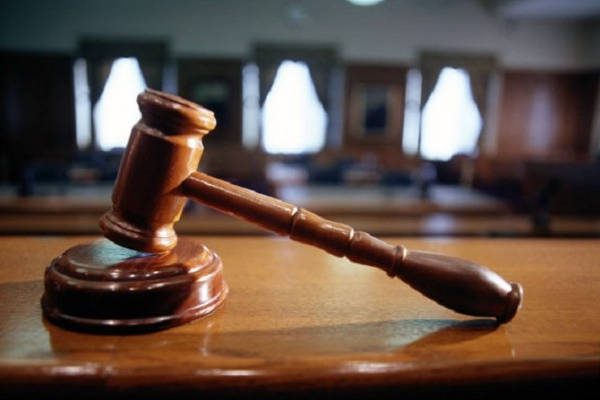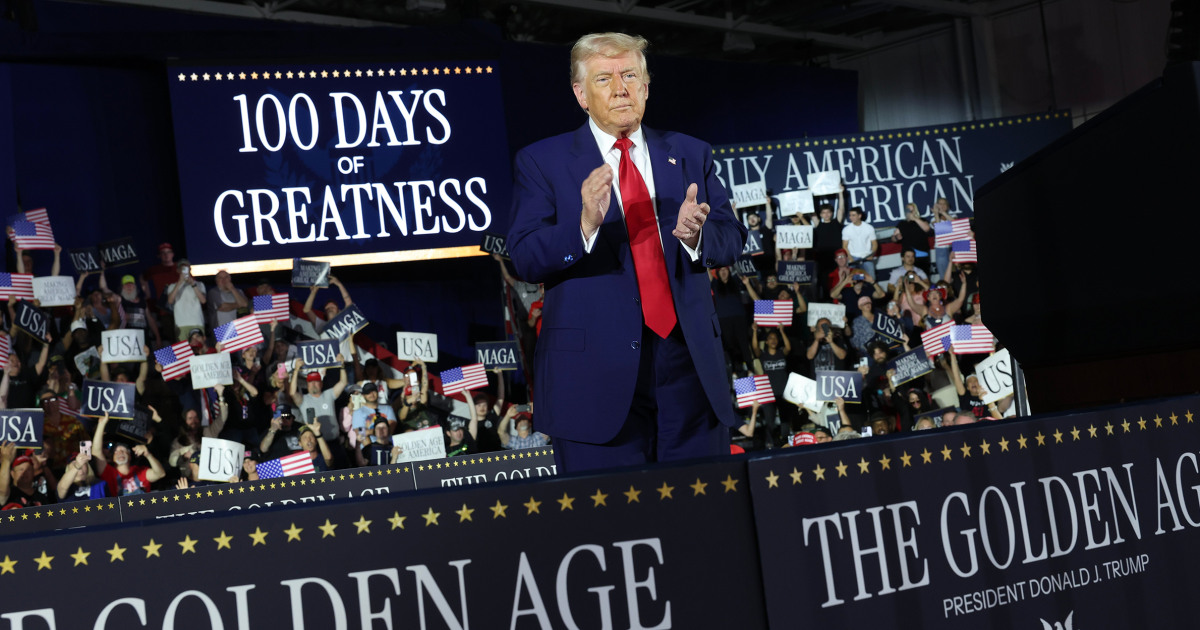With just over 99 per cent of ballots counted, voter turnout in was the highest its been in more than 35 years. While Elections Canada has yet to finish its count and release the official numbers, the agency is g a turnout of 68.5 per cent as of 4 p.
m. Tuesday. That means more than 19.

5 million Canadians cast a ballot in Monday’s election. The last time so many Canadians showed up to the polls was the 1993 federal election, which saw a turnout of 69.6 .
The last federal election, in September 2021, saw just under 63 per cent of eligible votes cast. Clear distinctions between the Conservative and Liberal parties this year was, at least in part, to blame for that uptick, said Eric Merkley, assistant professor of political science at the University of Toronto. “We had Poilievre moving the Conservative party to the right compared to where it was under Erin O’Toole,” Merkley said.
“And on the Liberal side, Mark Carney was enough of a break from the past that I think it remobilized Liberal voters a bit.” Often, voters turn out in higher numbers in what Merkley called “change elections” – in 2015, for example, when voters broke away from the Harper era and handed Justin Trudeau his first term, voter turnout neared 70 per cent. “Voter turnout tends to go up when the stakes of an election are higher,” he said.
“And of course, this year, we have the threat of Donald Trump and his tariffs.” Even before the polls opened on Monday, a record-breaking number of voters had cast their ballots in the advance polls. Over three days, 7.
3 million Canadians showed up to advance polls — a 25 per cent increase over the last federal election, when almost 5.8 million advance votes were counted. According to Elections Canada, about 28.
5 million registered voters, not including voters who registered on Monday, had the opportunity to cast their ballots at more than 14,500 polling locations across the country. So far this year, Prince Edward Island has recorded the highest voter turnout, clocking in at over 77 per cent. The lowest was in Nunavut, with just about 37 per cent of eligible voters casting their ballot.
Elections Canada is expected to complete their count on Tuesday. Late Tuesday afternoon, it was announced that the Liberals’ Mark Carney would form a minority government, with 169 ridings secured and just under 44 per cent of total votes. Speaking from Ottawa just after 1 a.
m. on Tuesday, Carney promised to unite the country and “put an end to division” in his first speech as an elected Prime Minister. Acknowledging that millions of Canadians had voted against his Liberal party, he also promised his government would “work for and with everyone.
” The Conservatives, under leader Pierre Poilievre, managed to grow their number of seats from 120 when the election was called to 144. All told, they garnered just over 41 per cent of votes – the party’s largest share of the popular vote since 1988. Poilievre, however, did not win his seat in the riding of , that he had represented since 2004.
Conservative Leader Pierre Poilievre speaks to his supporters after losing the Canadian federal election, in Ottawa, on April 29, 2025. It was a disappointing night for the New Democratic Party, which had won or was leading in seven ridings as of early Tuesday afternoon — fewer than a third of the seats it held going into the election. Failing to win the required 12 seats, the NDP will .
Late Monday night, leader Jagmeet Singh, who finished third in his riding of Burnaby Central, once a new interim leader could be appointed. Student Vote Canada, a program that organizes mock elections for students in elementary, intermediate and secondary schools, saw an uptick in participation this year. The organization id just over 870,000 votes were recorded in Student Vote Day in 2025.
Amongst those students, the Conservative party garnered the most support, with 36.4 per cent of the vote. The Liberal party claimed 31.
7 per cent. A spokesperson for Student Vote Canada said youth who participated identified housing, cost of living, and climate as priority issues when casting their mock votes, mirroring the concerns of many of their adult counterparts. Those concerns may have motivated younger voters to seek a change in leadership, said Merkley.
“Poilievre has been able to reach out to young voters who might be frustrated by the state of the economy, cost of living, or the housing crisis and so generally, I think that’s why he’s done really well among young voters compared to his predecessors,” he said. More than 900,000 elementary, intermediate and high school students participated in Student Vote Canada, coinciding with the 2025 federal election. This year’s student turnout marks a slight increase over the 2021 federal election, when , but a significant dip from 2019, with nearly 1,200,000.
.
Politics

What was the voter turnout in Canada's election? Here's how the results compare to previous years

While Elections Canada has yet to finish its count and release the official numbers, the agency is reporting a turnout of just over 67 per cent as of Tuesday afternoon.















